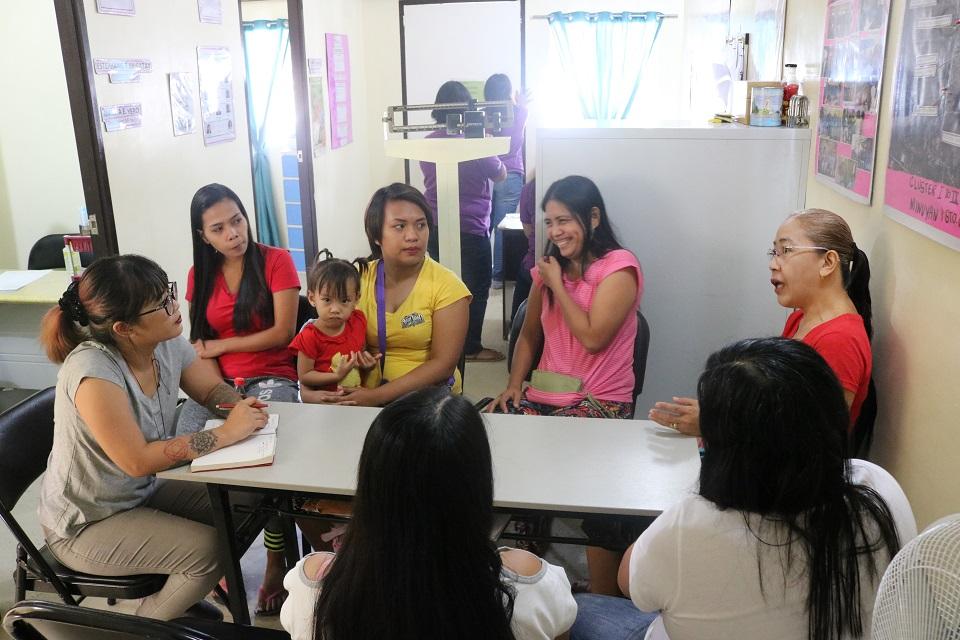Info on contraceptives ban was confusing and hard to obtain

This article is an accompaniment to The crusade against contraceptives and reproductive rights.
Also read: Access to reproductive health information changes lives, say advocates
Conflicting or incomplete information from relevant officials and bureaucratic buck-passing made the process of learning more about the Supreme Court's temporary restraining order (TRO) on contraceptives a difficult one.
The TRO preventing the Department of Health (DOH) from procuring contraceptives for its family planning programs was issued in 2015. By early 2017, news headlines were warning that by the year 2020, pills and other modern family planning methods for women would soon disappear from shelves.
At a May 2017 press conference addressed by the DOH, the Commission on Population (POPCOM) and non-governmental organizations (NGOs), Health Assistant Secretary Dr. Enrique Tayag said that only two brands of contraceptives, Implanon and Implanon NXT, were affected by the TRO. Supreme Court Chief Justice Maria Lourdes Sereno said the same in July 2017.
At the same press conference in May, however, POPCOM Executive Director Dr. Juan A Perez III asserted that pills, injectables, intrauterine devices, implants, vaginal rings and other types of contraceptives were also covered by the TRO.
After the press conference, Dr. Tayag said that the Department would publish a list of affected contraceptives, but this did not become readily available. One could only get a copy of the list of contraceptives with expiring certificates of product registration after contacting POPCOM.
Attempts to reach the Food and Drug Administration (FDA), using email and telephone contacts on the FDA website and social media pages were not successful. A visit to the FDA office in Alabang, Muntinlupa, Metro Manila only resulted in being redirected to three different FDA departments before being told to await emailed updates.
The writer was told that FDA needed legal advice before sharing information “because the case was ongoing” and they were “talking to the Solicitor General.”
When contacted in July 2017, the FDA legal department said it could only confirm the contents of the list provided by POPCOM and was unable to provide details on the processing of the certificates or give a timeline of when the public could expect the contraceptives to be declared as non-abortifacients or abortifacients.
The FDA legal department was also unable to officially state why some contraceptives with expired certificates of product registration (CPRs) were still available in pharmacies.
Public understanding of the issue was also complicated by confusing news reports incorrectly stating that the temporary restraining order had been turned into a permanent one by the Supreme Court.
The writer made an attempt to get a clarification from the Supreme Court on the details of the TRO. In a text message, the Court Spokesperson sent a link to an April 2017 decision and said that it would clarify if it covered all contraceptives or just Implanon and Implanon NXT.
Certain details of the TRO could only be explained to the writer by Dr. Junice Melgar, co-founder of the reproductive health NGO Likhaan Center for Women’s Health and a member of the DOH National Implementation Team for the RPRH Law.
Details of the Supreme Court’s TRO were not made clear even to the staff of health centers. Implanon and Implanon NXT were still being distributed in their clinics even with the TRO in effect.
Dr. Melgar told the writer that even non-DOH health workers in public health clinics were allowed to distribute these contraceptives. She explained that although only these two brands were covered first, the TRO was later expanded by the Supreme Court to include all 51 contraceptives being questioned by the Alliance for the Family Foundation, the group whose petition against contraceptives led to the TRO.
Initial media coverage of the TRO implementation was minimal, perhaps because at first it seemed that only two contraceptives—Implanon and Implanon NXT—were affected and that alternatives to these implants were available. It seemed that the gravity of the TRO had not been understood by the media or the public.
It took a visit by the writer to a Likhaan clinic in Quinapondan, Eastern Samar in Eastern Visayas to fully understand the issue. The 35 women she met there said the availability of reproductive health services was helping them regain control of their lives.
“Nakabulig, hindi na masyadong mahirap [ang buhay]...nakakabili ka na nang gusto mong bilhin [di tulad] dati, hindi ka nakakabili kasi giburod si giburod. Madalas ang panganganak wala namang pera,” says Mary Anne, 33.
(It helped, it made life less difficult...you’re able to buy what you want, unlike before you couldn’t afford anything because you’re always pregnant. You’re always giving birth, but you don’t have money.)
Mary Anne first gave birth when she was 18 and, 5 children later, she is now on implants.
Other mothers are happy to be able to manage the size of their family without having to gain permission or money from their husbands. This accessibility has helped them exercise their rights to their body and to the future that they want for themselves. — BM, GMA News
This story is produced as part of the 2017 Southeast Asian Press Alliance Regional Reporting Fellowship.



